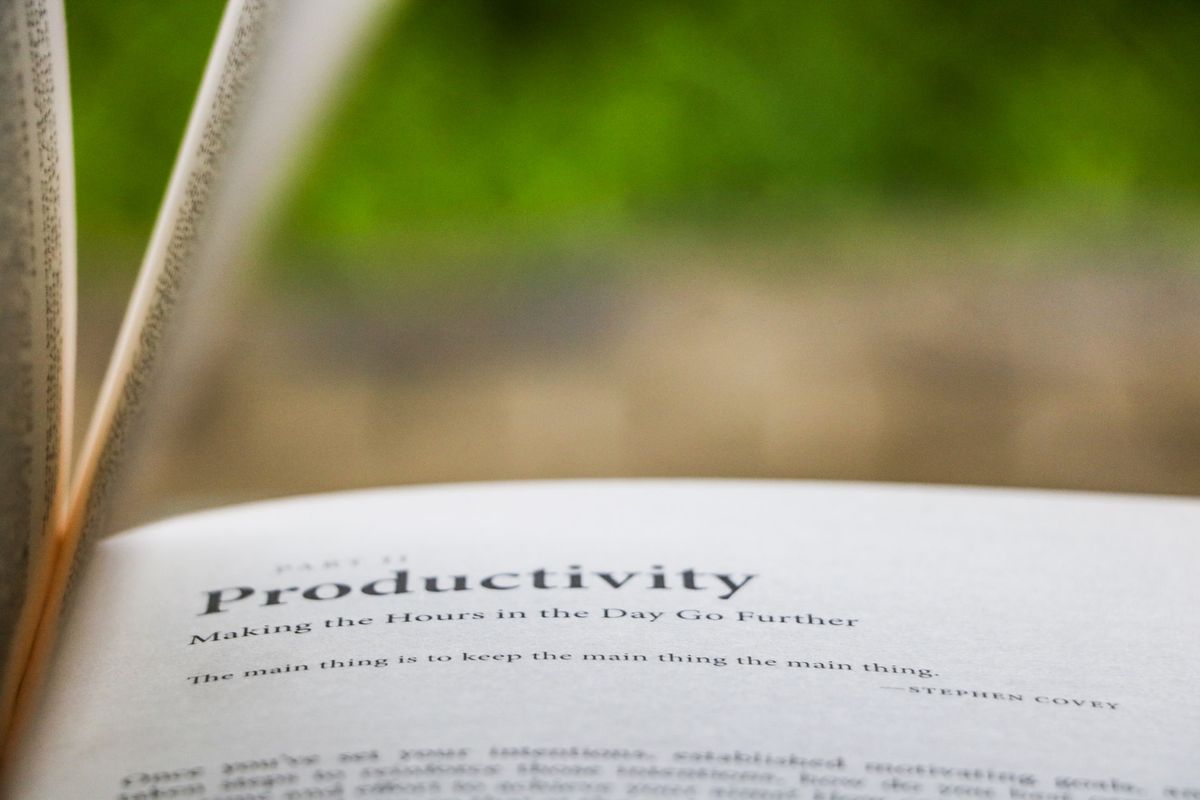Productivity is Personal

If you’re like me, then you’ve read just about every productivity hack article out there. Everything from telling you to wake up at 5 am to only work 2 hours per day. They tell you what productivity app to use, whether it be Notion, Todoist, Roam, or Evernote. The systems too, from PARA to GTD.
Everyone and their mother has a recommendation on how to 10x your productivity with one simple hack. Sometimes, they’re even 1,000 year old, ancient, forgot about, stoic tactics to use in the age of technology.
It’s extremely attractive too. I’m not sure about you, but every time I see one of those articles I can’t help but clicking. 90% of the time it’s something I’ve already learned, the dopamine falls, I close out of the article, and it’s back to scrolling.
There’s no golden bullet of productivity. There’s no needle in the haystack. It’s not that easy.
Building a productivity system that works for you is extremely personal, and requires multiple levels of implementation and iteration. Your own productivity system will work for you and only you. But that doesn’t mean that you shouldn’t share your findings with the world or take insights from other’s systems.
The moment you stop trying to find the right answer and you start creating the right answer for you is when you start moving in the right direction.
Build your baseline system
If you don’t have one set up currently, make sure that you have a baseline system in place. There are some great basic videos out there on YouTube and SkillShare. For baselining efforts, I’d recommend Thomas Frank’s course on SkillShare (not sponsored, no affiliate).
You’ll want to make sure that you have:
- A task and project management workflow
- A place to keep your digital documents organized
- Daily and weekly reviews to keep the process flowing smoothly
Consume content that matters
Check out my most recent post on How to Take Action on the Things You Learn. Morale of the story:
- Consume less
- Digest more
- Simplify & condense
- Review regularly
Find the productivity ideas that resonate with you, distill them into key insights, and review them regularly. This is another great system to create: your knowledge system. I’d highly recommend August Bradley’s knowledge management system for those of you using Notion.
Implement & iterate
Finally you’ll need to apply your new insights to your system, and keep evolving your processes. As time goes on your needs will change. You’ll understand new things about yourself and your productivity system needs to adapt.
You’ll want the initial setup to go quickly, and get to iterate as soon as possible. You’ll never “complete” your productivity system; it’s a living, breathing system that you’ll need to take care of. Just make sure you spend enough time actually using it for what it’s meant for, instead of spending all of your time optimizing it. Shoot for 10% of your time maintaining and upgrading your system, and 90% of your time actually using it. (One of my biggest struggles 😅.)
Time to build
Get started and start applying what you’ve learned. As with everything, your first time doing it will be imperfect. Hell, my productivity system now is pretty gross. Start focusing on implementation, and build your bias towards action. Pick one system, one tool, and get started today. It’s not a lifetime commitment, you can always change your mind tomorrow! Get started today, and your tomorrow send will thank you
Questions, comments, or want to start a discussion? I’d love to know your thoughts! Let’s chat over on this post’s Twitter thread.



